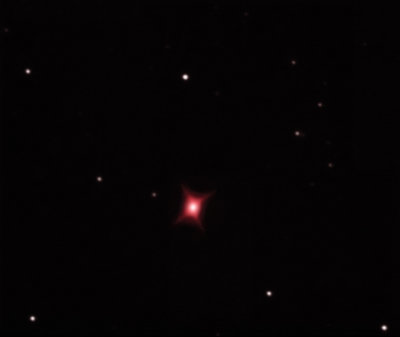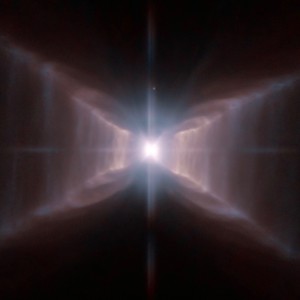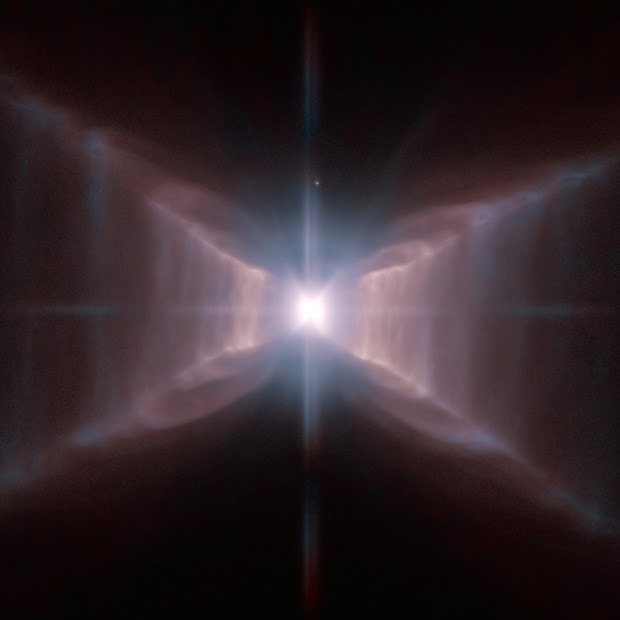
The jets are thought to operate for a very short period of time - only a few hundred or so years - during the protoplanetary phase, making studies of protoplanetary nebulas very important for understanding the nature and origin of the jets. Many recent studies of such objects with the Hubble have led to a new model by Sahai in which very fast jet-like outflows carve out these diverse shapes. Images taken with the sharp eyes of the Hubble Space Telescope show that two bright diagonals intersect its roughly rectangular shape the diagonals appear connected by straight lines parallel to the short side of the rectangle.Īn image of the Red Rectangle and its bipolar outflows may be seen on the Web:Ĭoming up with a physical mechanism to produce these oddly shaped nebulas, and the Red Rectangle in particular, has been a serious challenge for astronomers. The Red Rectangle, or HD44179, represents the crimson light from a protoplanetary nebula that lurks about 1,000 light years from Earth. At this later stage these objects are known as planetary nebulas. Subsequently, as the very hot core (six or more times hotter than the Sun) gets further exposed, the cloud of ejected material becomes bathed with ionizing ultraviolet light, which makes it glow. They report their findings in a paper titled "A Very Young, Fast, Bipolar Outflow at the Center of the Red Rectangle" at the 2003 summer meeting of the American Astronomical Society, being held this week in Nashville, Tennessee.Ī protoplanetary nebula forms when a red giant star ejects most of its outer layers, and is observable when dust within the nebula reflects light from the central star. Carmen Sanchez Contreras of the California Institute of Technology, also in Pasadena, have uncovered a physical mechanism that might support this bizarre red rectangular structure. Raghvendra Sahai of NASA's Jet Propulsion Laboratory, Pasadena, Calif., and Dr. One such object, discovered in 1975, is the Red Rectangle. Occasionally, though, an interplay of mysterious cosmic forces leaves objects outside the round, those with more geometrically curious forms. Let us mention our studies of the wind interaction, the associated shock waves, and the effects of stellar binarity in this phase.The great sculptor gravity ensures that larger, denser objects in the universe - like stars, planets and moons - take on the familiar spherical shape.


In only 1000 or 2000 years, the star evolves from a red giant, cool and very large, into a blue or white dwarf, extremely compact and hot. When the star has ejected most of its mass, the compact central core becomes visible. Red giants lose mass copiously, and this process tends to increase with time. The evolution beyond this phase is precisely the most spectacular in the life of the majority of stars. These stars, which are now relatively cool, are named red giants.

When a normal star gets old, it undergoes a great expansion, its radius becomes so big that the star would engulf any planet rotating in the same orbit as the Earth. OAN astronomers are actively studying these last phases of the stellar evolution. Most stars die after ejecting almost all their mass, becoming spectacular and wide nebulae our Sun will also do so.


 0 kommentar(er)
0 kommentar(er)
